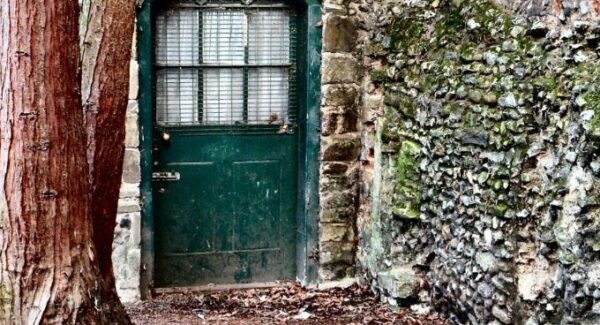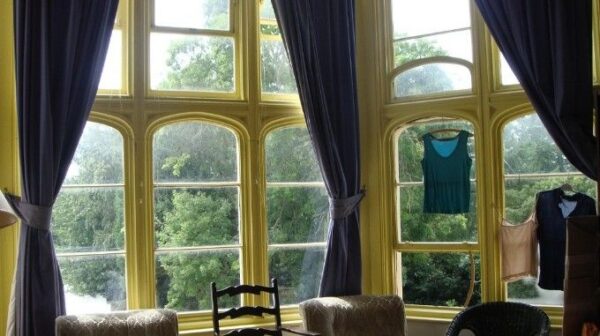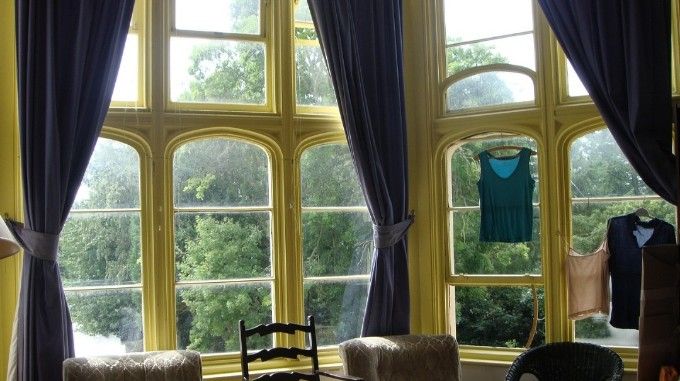The term composite culture refers to the indo-western fusion that has been evolving between Indians and westerners for centuries. These styles have mingled for a long time because of the trade relations between India and other countries. When it comes to “Composite Culture of India: Blending Anglo Indian Handicraft Items”, there has an amazing blend of artistic abilities as well as spiritual streams which has happened over a period of time. This is particularly visible in the handicraft industry where the design sensibilities often overlap and match. These creates very meaningful objects with greater techniques and better designs.
Features of Anglo Indian Work

When it comes to “Composite Culture of India: Blending Anglo Indian Handicraft Items”, you will be able to spot a hybrid design language. Europeans were inspired by the Mughal style aesthetics like the floral and geometric motifs. Therefore, the army officers and businessmen who had come to India during the reign of the East India Company used to shape their cabinets or their writing desks or their mirrors with floral inlays or you could also see elephants heads that were carved into its arms. Mother of pearl was a common material that was the very hallmark of Anglo Indian items. You could see the inlay of these pearls on wooden surfaces and this turned ordinary furniture pieces into something extraordinary. This showcased how precise Indians were when it came to minute detailing. For example, in Lucknow, Anglo Indian culture was emphasized through delicate ornamentation. In Delhi, the artisans created fans of ivory that had Persian motifs along with the sensibilities of the Europeans. During the British Raj, the artisans of Kolkata created writing tables and elaborate lampshades that were practical European items into the gentleman life of the Indians. In Mysore, they created graceful elegant and teak pieces that has inlay of ivory.
The Anglo Indian Influence on Modern India
When it comes to “Composite Culture of India: Blending Anglo Indian Handicraft Items”, the trends that were left when India achieved independence still inspires many designers and collectors from all around the world. Antique Anglo Indian furniture is still loved by many. In fact, they are sold for a very high estimate in markets today. This is basically work with brass or bone inlay which is still created and sold by artisans in Jaipur, Tiruvananthpuram and Tamil Nadu. As modernization has occurred, fusion furniture is still sold which is a mixture of traditional old world carving styles and the minimalism of the British silhouette. Other than that, many home décor items are created like the frames of a mirror with the same Anglo Indian techniques. Western tailoring is still done on Indian textiles where block printing and Chikankari embroidery are prominent. The Europeans were known for wearing jewelry designs that had the style of Victorian filigree and anglo Indians often blend it with culturally rich Mughal motifs. These skills are also preserved by the Handloom Export Corporation and they encourage designers to innovate with these designs.
How You Can Use Anglo Indian Products

If you are interested in adding an anglo Indian product to your house, you may purchase an inlaid side table that can serve as a statement piece in your living room. If you want a part of antique vintage colonial charm, you may purchase either an embossed mirror for your guest bathroom or a brass lamp. If you prefer to buy something minimalistic, you can get a textile with indo-european embroidery which will look perfect as a cushion cover and it will add beauty to your house.
Author
Shreeja Mukherjee


